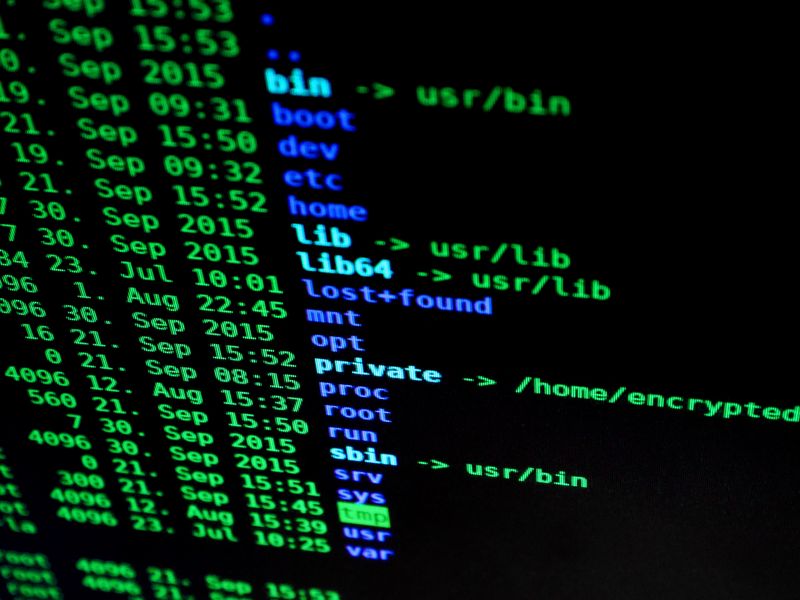Expert Strategies: Defending Against Credential Phishing
Introduction
In today’s interconnected world, where digital transactions have become the norm, ensuring the security of online identities has emerged as a critical concern for individuals and businesses alike. One particularly insidious method employed by cybercriminals is credential phishing, where deceptive tactics are used to trick unsuspecting users into revealing their private login information. Such attacks can have devastating consequences, as cybercriminals can gain unauthorized access to sensitive data, personal and financial information, and even infiltrate business networks. Therefore, it is imperative for organizations to be equipped with robust defenses against credential phishing attacks.
The Threat of Credential Phishing
Credential phishing, also known as password theft attacks, involves cybercriminals creating malicious websites or sending fraudulent emails that mimic legitimate websites or communications from trusted entities. These deceptive sites and emails are designed to trick users into sharing their login credentials, ultimately compromising their accounts and exposing their personal data. As these attacks become more sophisticated, it becomes increasingly difficult for users to differentiate between genuine and fake communications.
Psychological Tactics
Phishing attacks exploit various psychological tactics to manipulate users into divulging sensitive information. Social engineering techniques, such as urgency and fear, are frequently employed to create a sense of crisis that prompts immediate action without careful consideration. Phishers often impersonate reputable organizations, using their logos, email templates, and even employee names to deceive users.
Defending Against Credential Phishing
User Education
The first line of defense against credential phishing is user education. It is essential for businesses to educate their employees about the risks of phishing attacks and provide them with the knowledge and tools to identify and report suspicious emails or websites. Regularly conducting security awareness training programs can empower employees to recognize the telltale signs of phishing attempts and adopt vigilant online behavior.
Implementing Multi-Factor Authentication (MFA)
Multi-factor authentication is a critical security measure that adds an extra layer of protection against credential phishing attacks. By requiring users to provide additional verification beyond just a password, MFA significantly reduces the chances of successful unauthorized access. Implementing MFA should be a standard practice across all applications and systems, particularly for those that handle sensitive data or have administrative access.
Robust Email Filtering and Monitoring
As phishing attacks often originate from deceptive emails, implementing robust email filtering systems can help weed out suspicious messages before they reach users’ inboxes. Advanced email security tools can detect phishing emails based on patterns, keywords, and known phishing URLs. Additionally, continuous monitoring can help identify any anomalous patterns of email activity that may indicate a targeted phishing campaign is underway.
Technical Safeguards
In addition to user education, implementing technical safeguards plays a crucial role in defending against credential phishing.
Web Filtering and URL Reputation
Organizations should invest in web filtering solutions that monitor and block access to known phishing websites. These solutions use constantly updated databases to determine the reputation of URLs and block malicious sites in real-time. Web filtering can significantly reduce the risk of users inadvertently visiting fraudulent websites.
Secure Browsing Practices
Employing secure browsing practices can enhance protection against credential phishing. Encouraging the use of HTTPS connections, ensuring employees verify SSL certificates, and providing guidance on the appropriate use of browser security features can help mitigate the risks associated with phishing attacks.
Editorial: The Need for Continuous Adaptation
As cybercriminals continue to evolve their tactics, organizations must recognize that the fight against credential phishing is an ongoing battle. The landscape of cyber threats is ever-changing, requiring constant adaptation and improvement of security measures. This necessitates a collaborative effort involving employees, technology providers, and policymakers to stay one step ahead of cybercriminals and protect the digital identities and data of individuals and businesses.
Conclusion
Credential phishing attacks pose a significant threat to businesses and individuals, potentially leading to data breaches, identity theft, and financial losses. Organizations must prioritize educating their employees about the dangers of phishing and equip them with the tools to identify and report suspicious activities. Implementing multi-factor authentication, robust email filtering, secure browsing practices, and continuous adaptation of security measures are critical steps in defending against credential phishing attacks. By remaining vigilant and proactive, businesses can mitigate the risks and safeguard their digital assets in an increasingly interconnected world.

<< photo by Siarhei Horbach >>
The image is for illustrative purposes only and does not depict the actual situation.
You might want to read !
- Unpacking the Implications: The Widespread Impact of the Azure AD Token Forging Technique
- The Invisible Invasion: How a Microsoft Bug Exposed the Dark Side of Azure AD Tokens
- Rogue Azure AD Guests: A Looming Data Theft Threat through Power Apps
- The Vulnerability of User Data: Encryption Flaws in Popular Chinese Language App
- VirusTotal Data Leak: Examining the Impact on Over 5,000 Users
- The Rising Threat: 100K+ Infected Devices Compromise ChatGPT Accounts, Exposing User Data on the Dark Web
- The Rising Threat of Cybersecurity Breaches: Analyzing Latitude Financial’s AU$76 Million Losses
- Latitude Financial Reveals Multi-Million Dollar Toll of Cyberattack
- Foreign Intelligence Agencies Target US Space Industry with Cyberattacks: US Government Issues Warning




